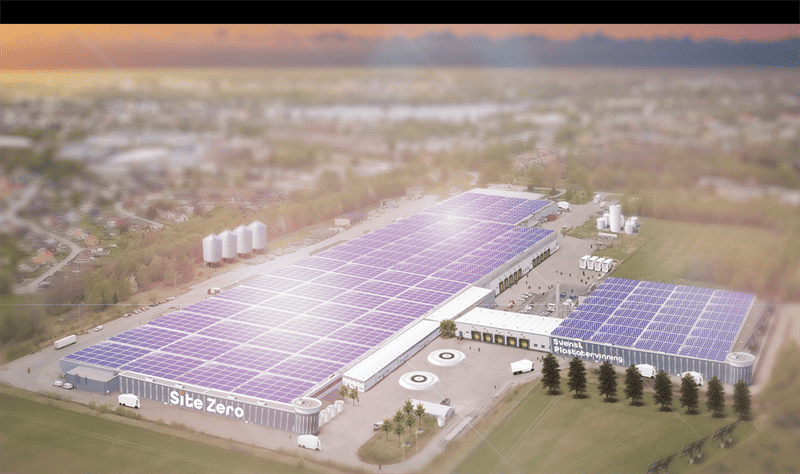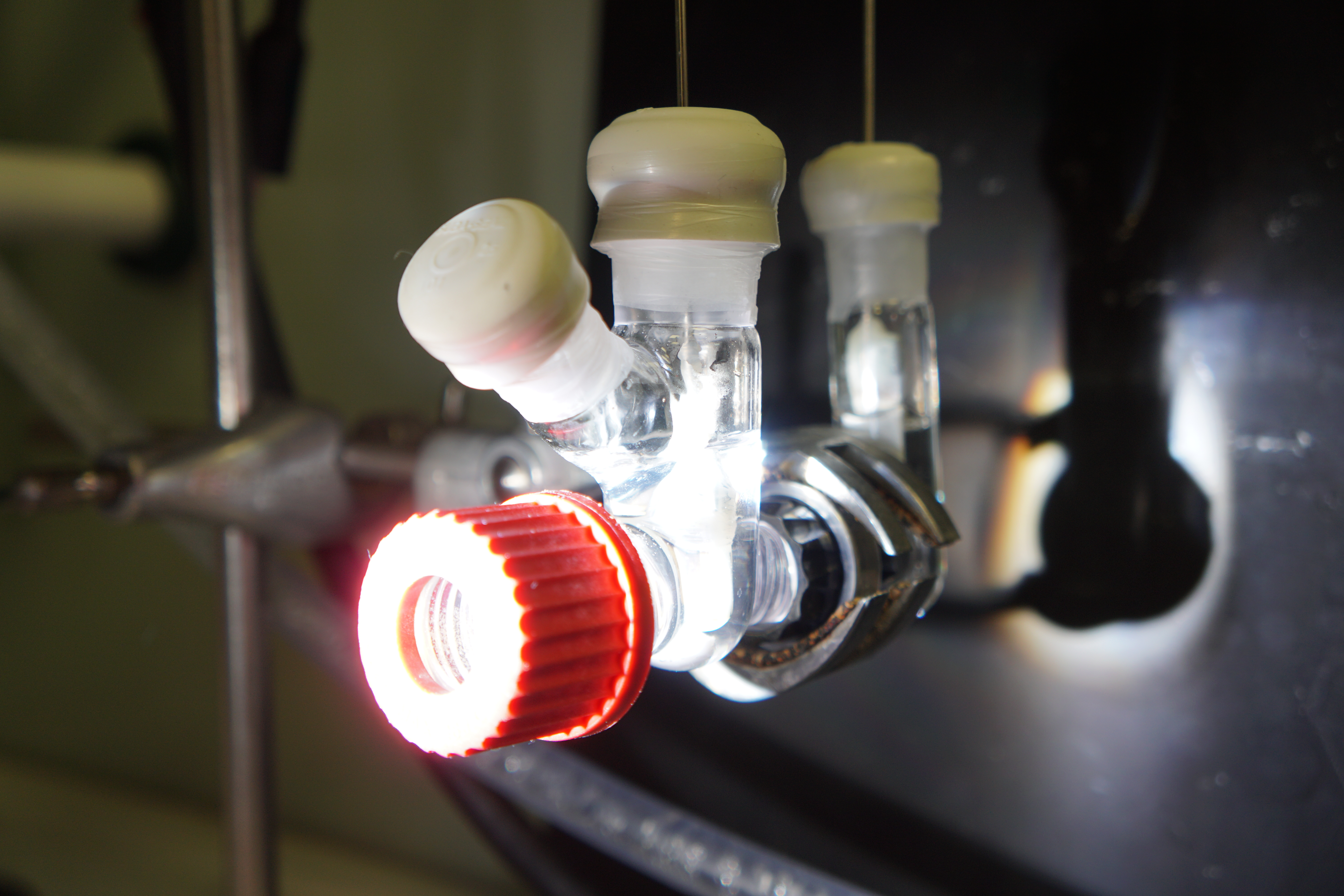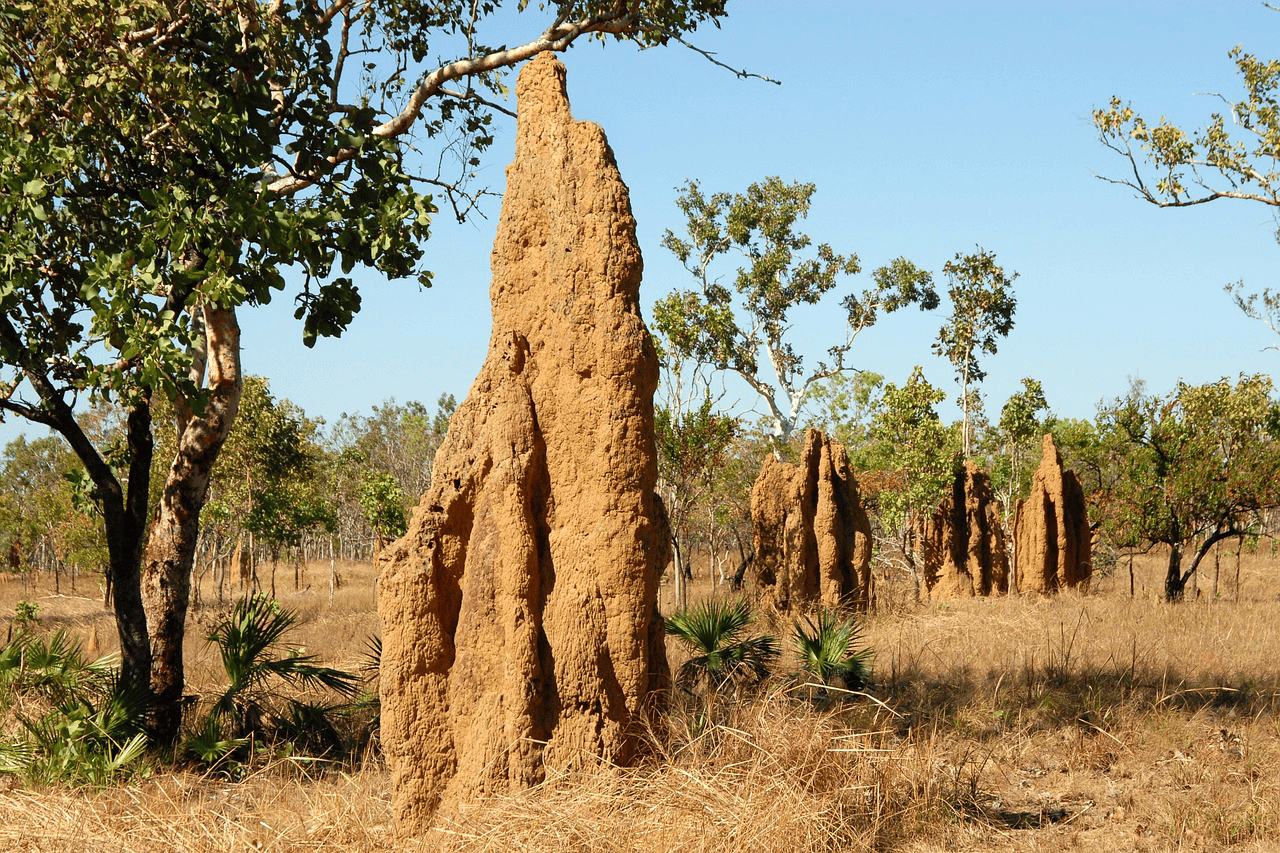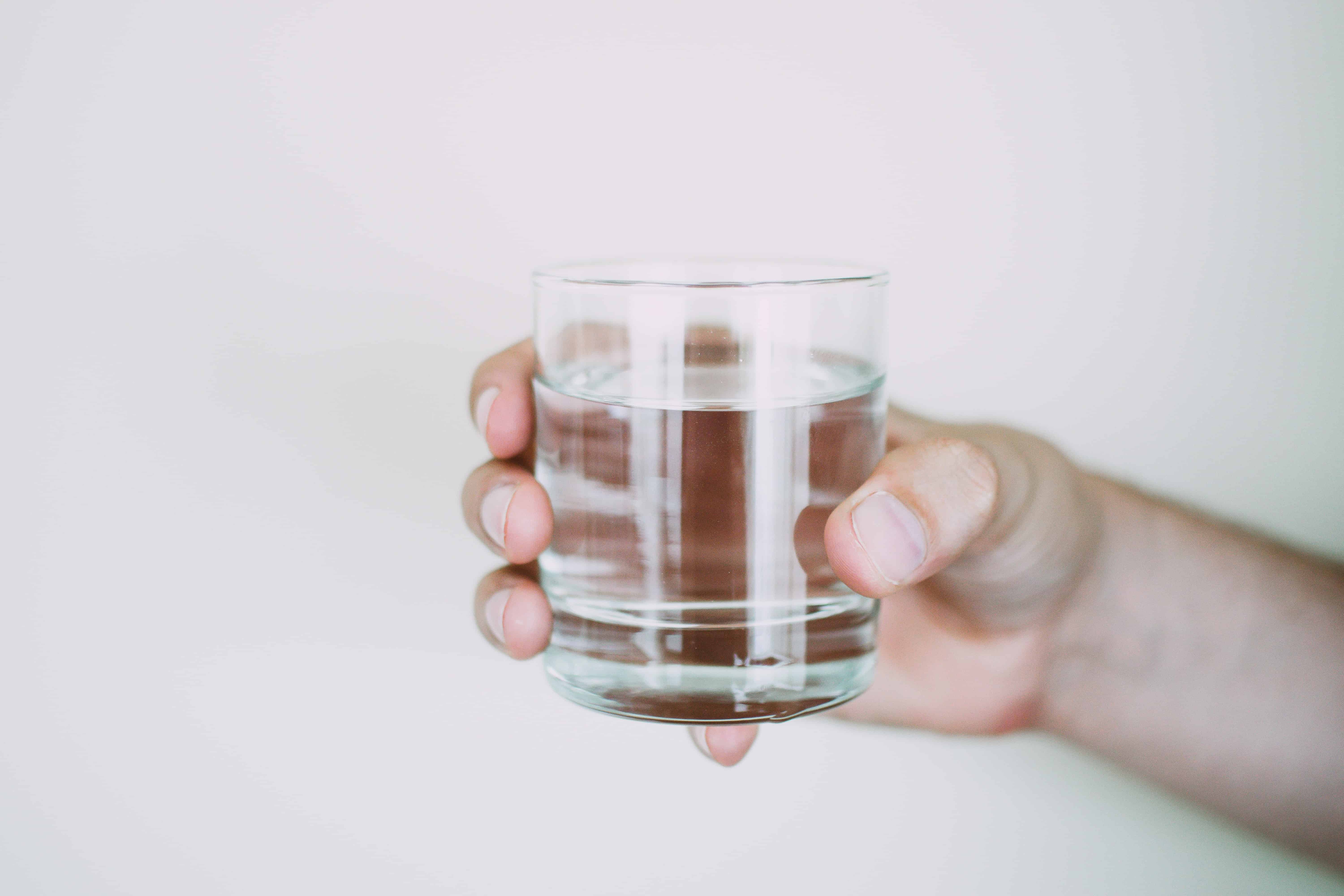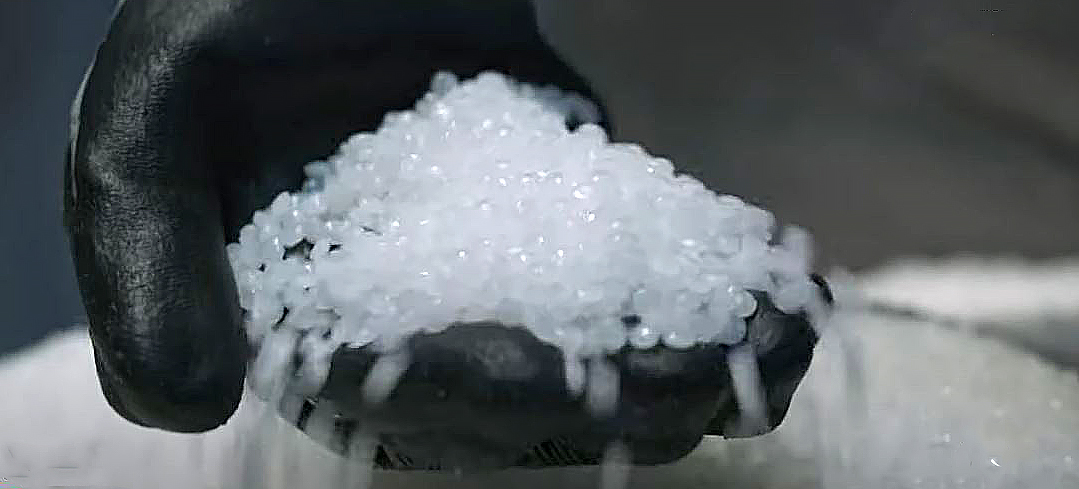
Only a fraction of the material that could be turned into new plastic is currently recycled. Researchers at Chalmers have now demonstrated how the carbon atoms in mixed waste can replace all fossil raw materials in the production of new plastic. The recycling method is inspired by the natural carbon cycle and could eliminate the climate impact of plastic materials, or even clean the air of carbon dioxide, writes the Swedish university in a press release.
“There are enough carbon atoms in waste to meet the needs of all global plastic production. Using these atoms, we can decouple new plastic products from the supply of virgin fossil raw materials. If the process is powered by renewable energy, we also get plastic products with more than 95 percent lower climate impact than those produced today, which effectively means negative emissions for the entire system,” says Henrik Thunman, Professor of Energy Technology at Chalmers University of Technology and one of the authors of the study published in the Journal of Cleaner Production.
Using the carbon atoms in waste
To achieve circular cycles, we need to make better use of the resources already in use in society. Henrik Thunman and his research team want to focus on an important resource that often goes up in smoke today: the carbon atoms in our waste, which are currently incinerated or end up in landfills instead of being recycled. This is made possible with technologies targeting the carbon contained in plastic, paper and wood wastes, with or without food residues, to create a raw material for the production of plastics with the same variety and quality as those currently produced from fossil raw materials.
Just like nature
Current plastic recycling methods are able to replace no more than 15-20 percent of the fossil raw material needed to meet society’s demand for plastic. The advanced methods proposed by the researchers are based on thermochemical technologies and involve the waste being heated to 600-800 degrees Celsius. The waste then turns into a gas, which after the addition of hydrogen can replace the building blocks of plastics. Using this recycling method could decouple new plastic products from the supply of new fossil raw materials. The researchers behind the study are developing a thermochemical recycling method that produces a gas which then can be used as a raw material in the same factories in which plastic products are currently being made from fossil oil or gas. Different types of waste, such as old plastic products and paper cups, with or without food residues, are put into the reactors at the Chalmers Power Central.
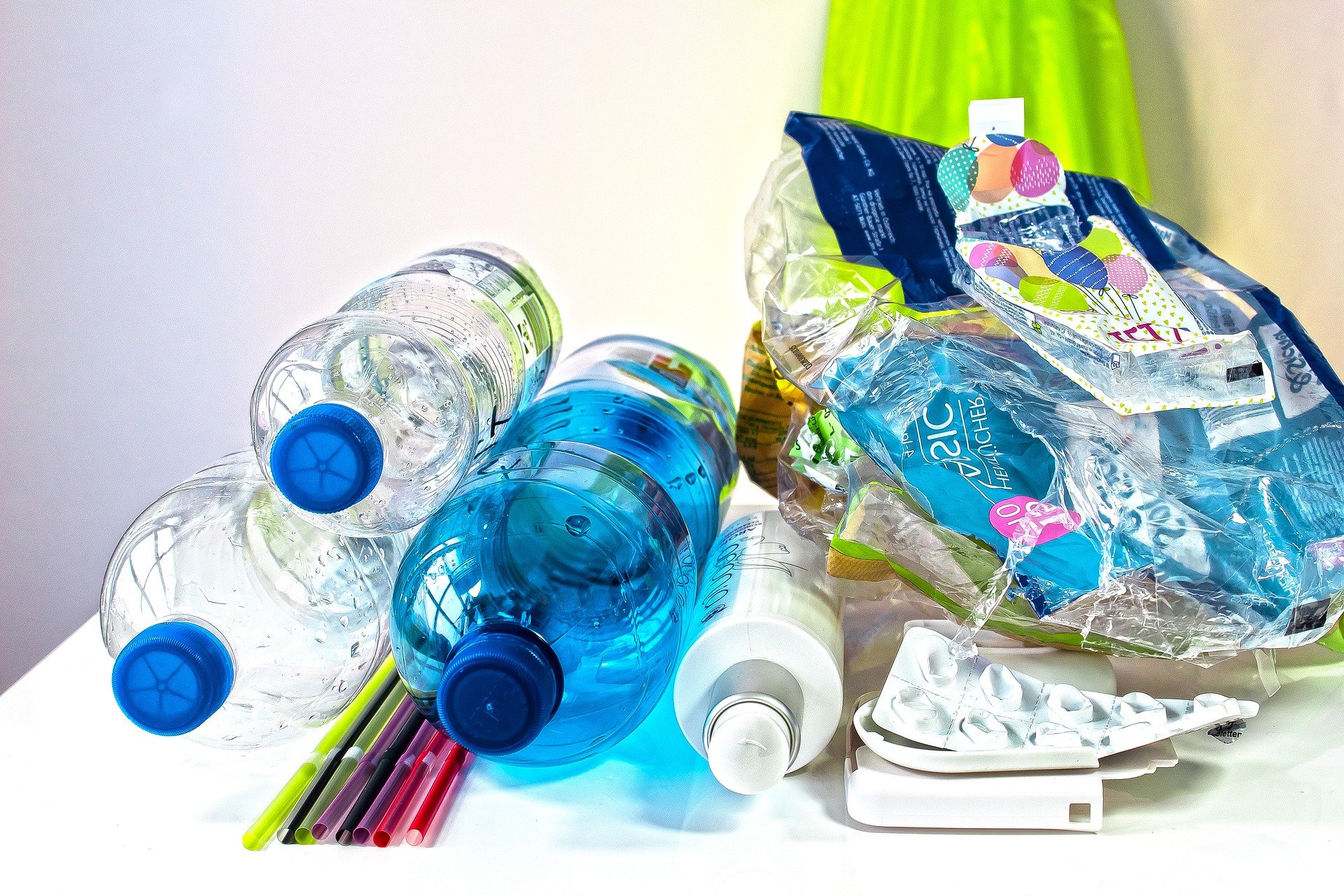
New approach to materials
“The key to more extensive recycling is to look at residual waste in a whole new way: as a raw material full of useful carbon atoms. The waste then acquires value, and you can create economic structures to collect and use the material as a raw material worldwide,” says Henrik Thunman. The principle of the process is inspired by the natural carbon cycle. Plants are broken down into carbon dioxide when they wither, and carbon dioxide, using the sun as an energy source and photosynthesis, then creates new plants. “However, our technology differs from the way it works in nature because we don’t have to take the detour via the atmosphere to circulate the carbon in the form of carbon dioxide. All the carbon atoms we need for our plastic production can be found in our waste, and can be recycled using heat and electricity,” says Henrik Thunman.
The researchers’ calculations show that the energy to power such processes can be taken from renewable sources such as solar, wind, hydro power or biomass, and they will be more energy-efficient than the systems in use today. It is also possible to extract excess heat from recycling processes, which in a circular system would compensate for the heat production currently derived from waste incineration, while eliminating the carbon dioxide emissions associated with energy recovery.
Selected for you!
Innovation Origins is the European platform for innovation news. In addition to the many reports from our own editors in 15 European countries, we select the most important press releases from reliable sources. This way you can stay up to date on what is happening in the world of innovation. Are you or do you know an organization that should not be missing from our list of selected sources? Then report to our editorial team.


